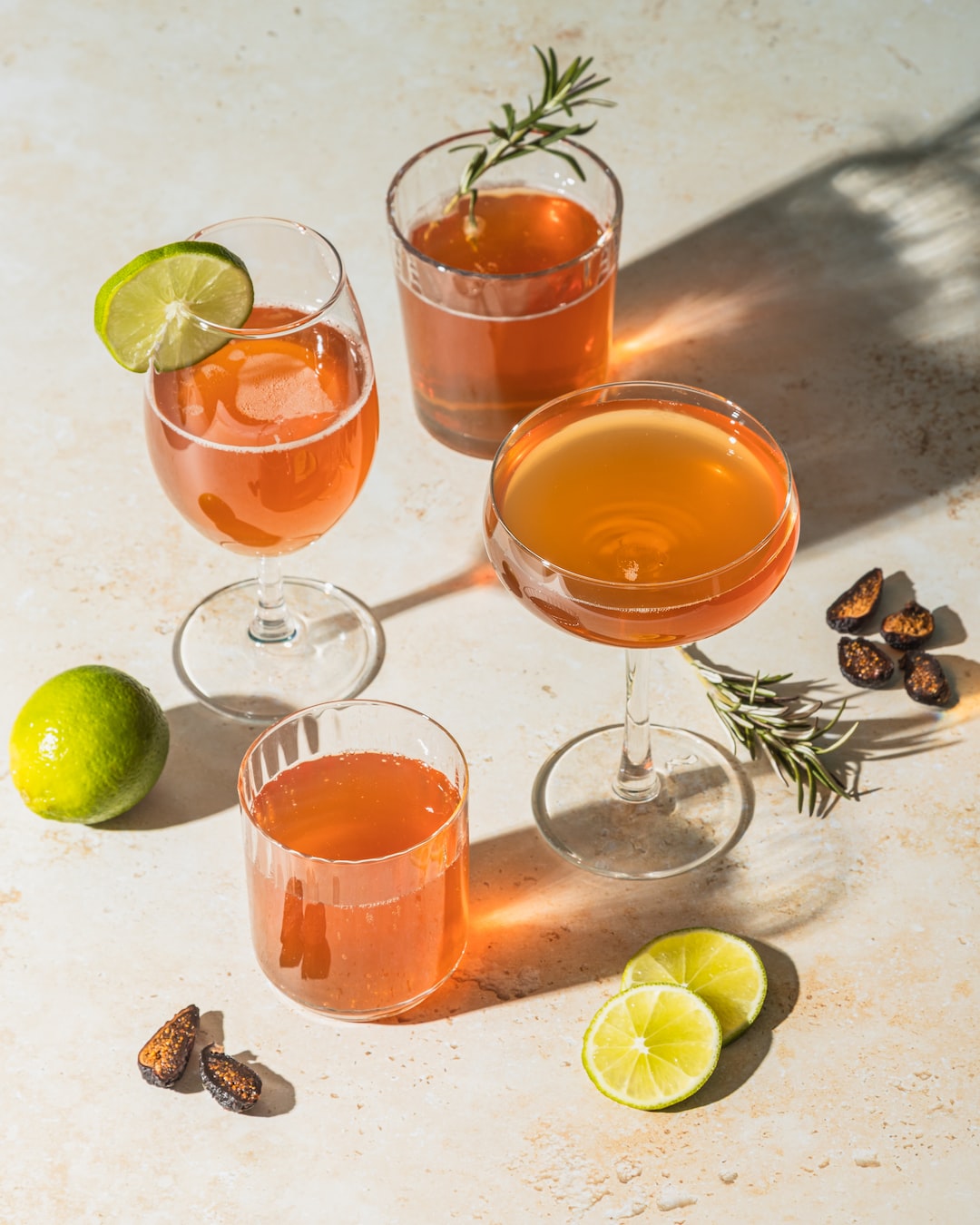Going Gluten-Free: Delicious Alternatives for Celiac Diets
Gluten-free diets have gained immense popularity over the years, with more and more people opting to eliminate this protein from their meals. While some follow gluten-free diets as a conscious health choice, others, particularly those with Celiac disease, have no choice but to strictly adhere to a gluten-free lifestyle. Celiac disease, an autoimmune disorder triggered by the consumption of gluten, necessitates the avoidance of gluten-containing foods. However, this restriction no longer means compromising on taste or variety. In this article, we explore some delicious alternatives for those on a gluten-free diet.
1. Quinoa – A superfood and versatile grain substitute, quinoa is a gluten-free powerhouse. Packed with nutrients like protein, fiber, and iron, it can be used as a base for salads, side dishes, or even as a substitute for rice. Quinoa is easy to cook and has a slightly nutty flavor, making it a delicious and nutritious addition to any gluten-free meal plan.
2. Almond Flour – Almond flour is an essential ingredient in gluten-free baking. Made from ground almonds, it lends a moist and rich texture to bread, cakes, and cookies. Almond flour is packed with healthy fats, protein, vitamin E, and minerals like magnesium and potassium, making it a healthier alternative to traditional wheat flour.
3. Coconut Flour – Another popular gluten-free flour substitute is coconut flour. Made from dried and ground coconut meat, it adds a delicate sweetness to baked goods. Coconut flour is high in fiber, healthy fats, and contains beneficial compounds like lauric acid, which can boost immunity. Due to its high fiber content, it is important to adjust the liquid and egg ratios when using coconut flour in recipes.
4. Cauliflower – This versatile vegetable is a game-changer for gluten-free diets. When finely grated or processed, cauliflower can be used as a replacement for rice, pizza crust, tortillas, and even breadsticks. Cauliflower provides a low-carb and low-calorie alternative, making it an excellent choice for those watching their weight.
5. Legumes – Opting for legumes such as chickpeas, lentils, and beans is a fantastic way to incorporate gluten-free protein and fiber into your diet. Chickpea flour, also known as gram flour, is a popular ingredient for gluten-free baking. It can be used to make flatbreads, pancakes, and even as a binder in veggie burgers. Additionally, legumes can be used as a base for delicious soups, stews, and salads, ensuring a balanced gluten-free meal plan.
6. Gluten-Free Oats – While oats themselves are gluten-free, cross-contamination during processing is a concern. To ensure you’re consuming gluten-free oats, look for certified gluten-free labels on packaging. Oats can be used to make a variety of dishes such as porridge, granola bars, and oatcakes. They are high in fiber, vitamins, and minerals, making them a wholesome addition to a gluten-free diet.
7. Millet – Often referred to as the “forgotten grain,” millet is a gluten-free option that is packed with nutrients. It has a mild, slightly nutty flavor and can be cooked as a savory side dish or used as a base for salads. Millet is a great source of magnesium, which plays a vital role in maintaining bone health.
8. Buckwheat – Despite its name, buckwheat is not related to wheat and is naturally gluten-free. It is a highly nutritious seed that can be ground into flour or used whole. Buckwheat flour is commonly used in pancakes, noodles, and bread. This versatile ingredient is rich in fiber and minerals like manganese, copper, and magnesium.
9. Nut Butter – For a quick and satisfying gluten-free snack, nut butter is an excellent choice. Made from finely ground nuts, such as almonds, cashews, or peanuts, nut butter provides a healthy dose of fats, protein, and essential nutrients. Enjoy it spread on gluten-free crackers, rice cakes, or fresh fruits for a delicious and nutritious treat.
10. Gluten-Free Pasta – The availability of gluten-free pasta has increased significantly in recent years. Made from alternative flours like rice, quinoa, or legumes, gluten-free pasta allows individuals to indulge in their favorite pasta dishes without the worry of gluten. Pair it with a flavorful sauce, plenty of vegetables, and protein for a balanced and satisfying meal.
Going gluten-free no longer means sacrificing taste and variety. With the numerous alternatives available, individuals with Celiac disease or those opting for a gluten-free lifestyle can still enjoy a wide range of delicious meals. From quinoa and almond flour to cauliflower and legumes, the options are endless. Experiment with these substitutes to enhance your culinary experience while reaping the benefits of a gluten-free diet.

